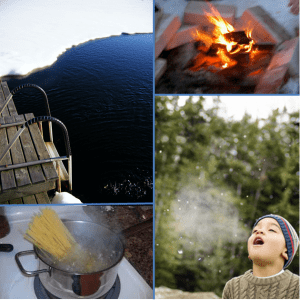This autumn I have been lecturing thermodynamics to second year physics students. Preparing lectures have taken a major part of my working hours, and every day I have been scanning my surroundings to find interesting every-day phenomena that I could use as examples on my lectures.
For a scientist, teaching is always away from the time to actually do science. We are mainly evaluated on how many articles we publish, not on how many courses we teach. However, in the best case the students can inspire the teacher. You never know what kind of questions pop up on the lectures. Teaching can also be regarded as a service to the society. We all remember inspirational teachers we’ve had. (And even though I don’t dare to claim to be inspiring, at least I can be a role model of a younger female physicist). Education is a way of gradually changing the world. I believe that if we’d make better use of scientific knowledge, we could come up with new innovations, and solve some of our global problems (e.g. regarding air quality) and thus make the world a little bit better place.
During the autumn we have struggled together with the students through equations of state, entropy, free energies and phase transitions. Now, the students are finally able to understand the principles of a particle counter: how to create a supersaturated vapor, why phase transition from gas to liquid occurs, how aerosol particles start to grow. So we concluded the course by an excursion to Airmodus, both to see these instruments in real life, but also to hear about what physicists can do outside academia.

